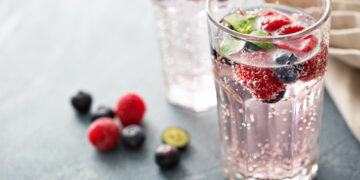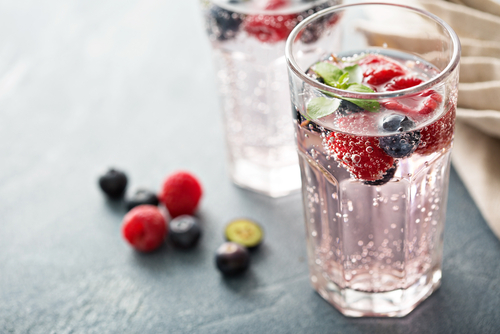You’re Not Just Hungry—You Might Be Thirsty
Hydration is one of the most overlooked pillars of well-being. While food often gets the spotlight, water quietly runs the show. It fuels digestion, supports mental clarity, cushions joints, regulates temperature, and helps move nutrients where they’re needed most. And yet, many people walk through their days mildly dehydrated—reaching for snacks, caffeine, or sugar when what their bodies are really craving is water.
Understanding hydration isn’t just about drinking more—it’s about drinking smart. That means knowing when plain water is enough, when you need a little more support (hello, electrolytes), and how to make hydration a habit you actually enjoy.
Ad Banner #1
Placeholder for the first ad.
What Happens When You’re Even a Little Dehydrated?
Your body is made up of more water than anything else. Even a small drop in hydration—just 1–2% loss of total body water—can lead to symptoms like fatigue, brain fog, headaches, sluggish digestion, and mood swings. Over time, chronic under-hydration can stress the kidneys, dry out the skin, and disrupt energy levels throughout the day.
Water supports every single cell in your body. Without it, your body has to work harder to do even the simplest things, like moving nutrients into your cells or flushing waste out. It’s the difference between running a well-oiled machine and dragging a rusted wheelbarrow uphill.
It’s Not Just About Water—It’s About Electrolytes, Too
While water is essential, hydration goes beyond just H₂O. Electrolytes—minerals like sodium, potassium, magnesium, and calcium—help your body absorb and use that water effectively. They regulate fluid balance, muscle contraction, and nerve function. Without enough electrolytes, water can pass right through you without doing its job.
If you’re sweating heavily, exercising, spending time in the heat, or eating a very low-sodium diet, you might need to replenish electrolytes more intentionally. That doesn’t always mean reaching for neon sports drinks. Coconut water, fresh fruit, leafy greens, and even a pinch of sea salt in your lemon water can offer a natural electrolyte boost.
Ad Banner #2
Placeholder for the second ad.
Making Hydration Enjoyable and Natural
Let’s be honest—plain water all day can get boring. The good news is, you can stay hydrated without resorting to artificial flavors or sugar-loaded drinks.
Natural flavored waters are a refreshing alternative. Think:
-
Sliced cucumber and mint in chilled water
-
Citrus wedges and fresh basil
-
Crushed berries and a dash of apple cider vinegar
-
Hibiscus tea with lemon over ice
These infusions don’t just taste better—they often add subtle nutrients and antioxidants. More importantly, they can turn a hydration chore into a sensory ritual. Something you actually look forward to.
Carrying a reusable bottle helps, too. The visual cue alone reminds you to sip throughout the day. Keep it nearby while working, commuting, or cooking. It’s a simple habit with outsized benefits.
Signs You Might Not Be Hydrated Enough
Sometimes dehydration doesn’t feel like thirst. It shows up in other ways:
-
Dry lips and skin
-
Headaches or a feeling of “heaviness”
-
Trouble concentrating
-
Slower digestion
-
Cravings for sugar or salt
Paying attention to these early signals can help you respond before you hit the wall. Drinking water shouldn’t only happen when you’re parched—it should be consistent throughout the day, like breath or movement.
A Few Sips Ahead of the Game
Hydration doesn’t have to be complicated. It’s about staying a few steps ahead of thirst and treating water like the essential nutrient it is. Start your day with a glass of water before anything else. Build in hydration pauses—between tasks, before meals, during movement.
And when plain water isn’t cutting it, don’t be afraid to get creative. Infuse it, chill it, sip it from a favorite glass. However you do it, just keep doing it.
Because staying hydrated isn’t about checking a box. It’s about showing up for your body in the most elemental way.



























